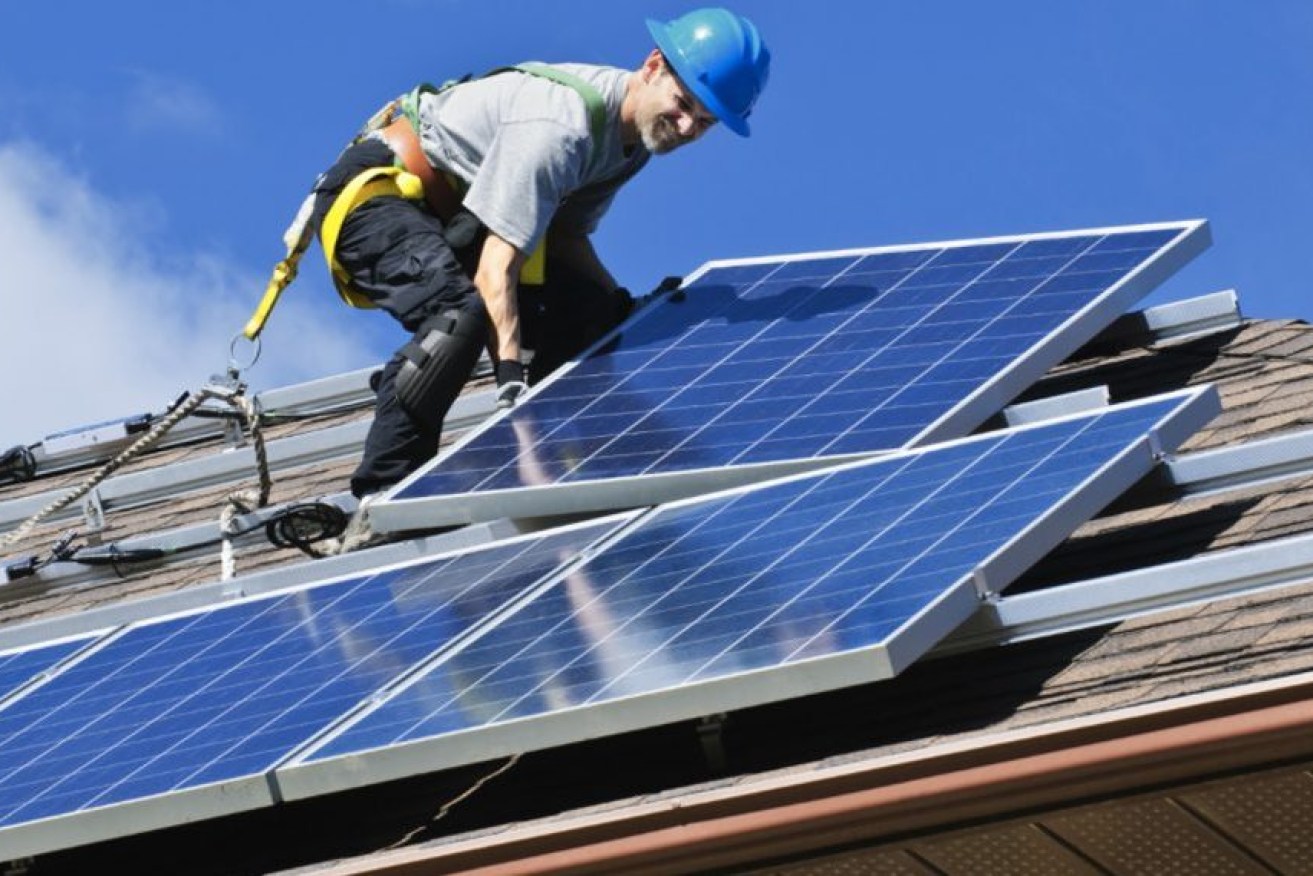Solar flair: Why Queensland schools are charged with new energy
Solar panels with enough collective power to generate electricity for a city the size of Gladstone are driving the State Government’s mission to deliver cooler classrooms.


Reliance on renewable energy has hit record levels in southern states. (Photo: Queensland Government)
Air-conditioned classrooms that will bring relief to students sweltering this summer will be powered by a new injection of solar energy thanks to a super-charged installation program that has scorched even the government’s own ambitious targets.
As of today, 912 schools across the state have been furnished with a total of 200,000 solar panels that Education Minister Grace Grace said would equate to $26 million in energy savings each year.
Grace said the State Government had initially forecast 872 schools would receive 180,000 panels when the Advancing Clean Energy Schools (ACES) program was expanded in February this year.
Grace said the completion of the $168 million ACES program followed the Palaszczuk Government’s delivery of air conditioning for every classroom, staff room and library in Queensland state schools two months ahead of schedule.
“In April, I announced the completion of the $477 million Cooler Cleaner Schools Program in time for staff and students to enjoy air conditioning in every Queensland state school for the start of Term 2,” Grace said.
“Now the ACES program is complete, the solar panels we have delivered for more than 900 Queensland schools are helping to offset the added electricity costs of air conditioning.
Kelvin Grove State College, within Grace’s electorate of McConnel, received 413 new solar panels at a cost of $330,000.
Principal Llew Paulger said the school was delighted at the prospect of panels capable of generating about 500kW of renewable electricity a day.
“These new solar panels will not only deliver significant energy savings for the college but will also allow us to redirect these savings into important teaching and learning activities that will benefit every student,” Paulger said.
Grace said the ACES program also supported about 1000 jobs and kept Queenslanders working through the height of the pandemic.
“ACES is making a significant contribution to the Palaszczuk Government’s 50 per cent renewable energy target by 2030, with the 200,000 solar panels on state school rooftops expected to generate an average of 280 MW of electricity per day,” she said.
“This is another example of the Palaszczuk Government’s commitment to delivering state-of-the-art facilities to our world-class schools and ensure a bright future for our children by taking action on climate change.”












